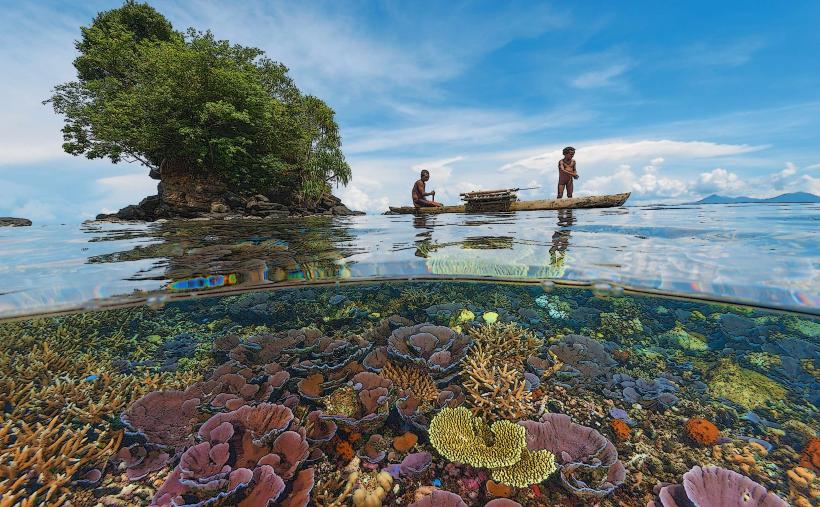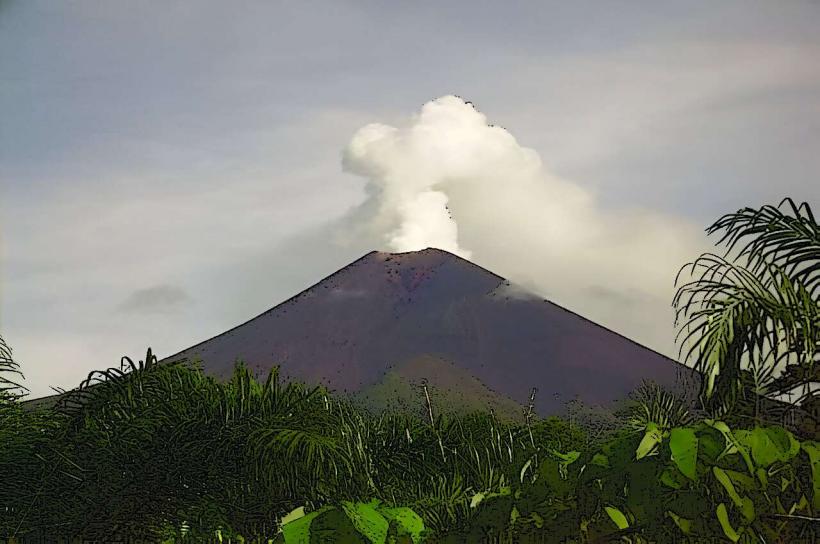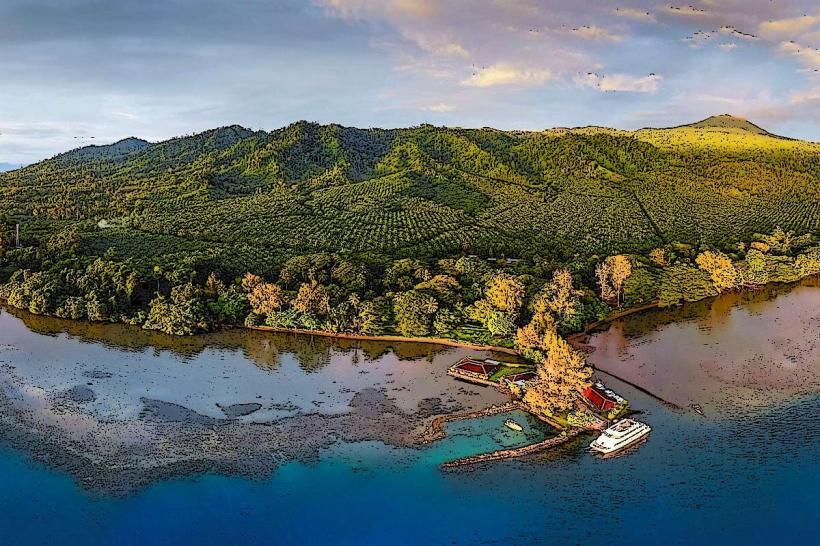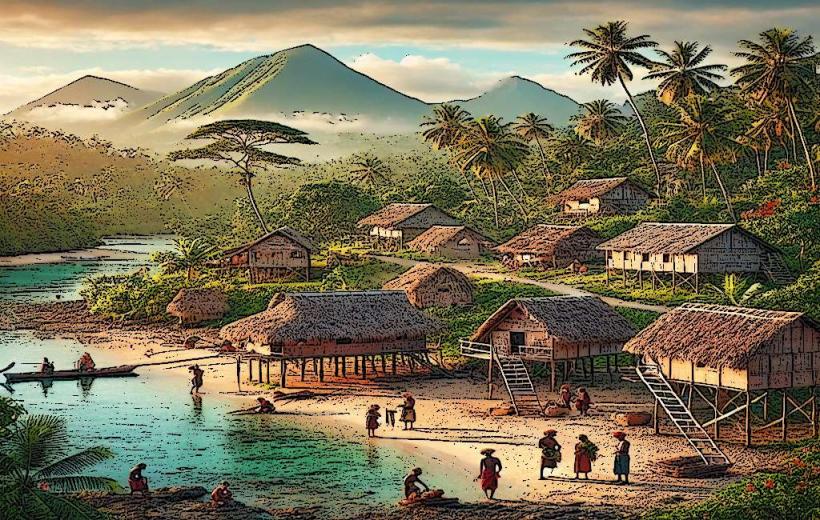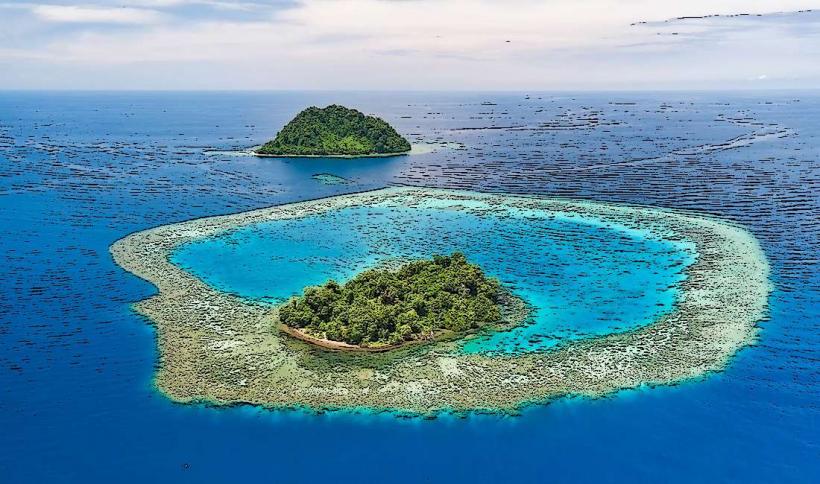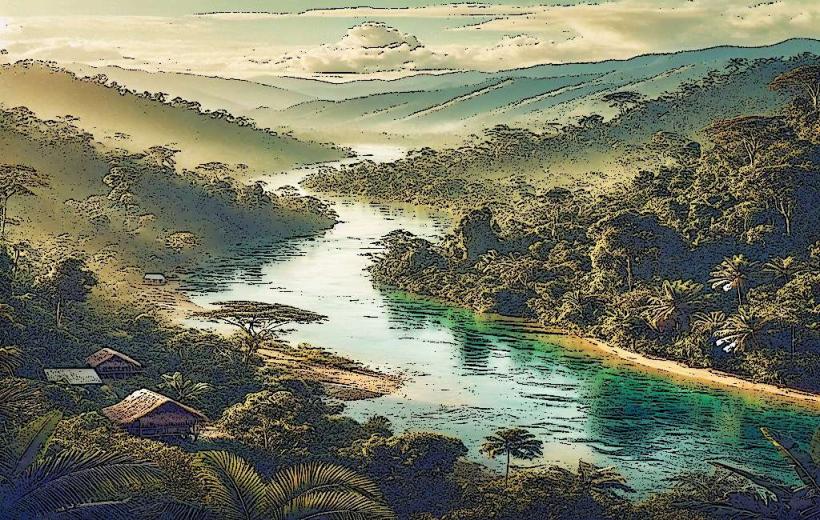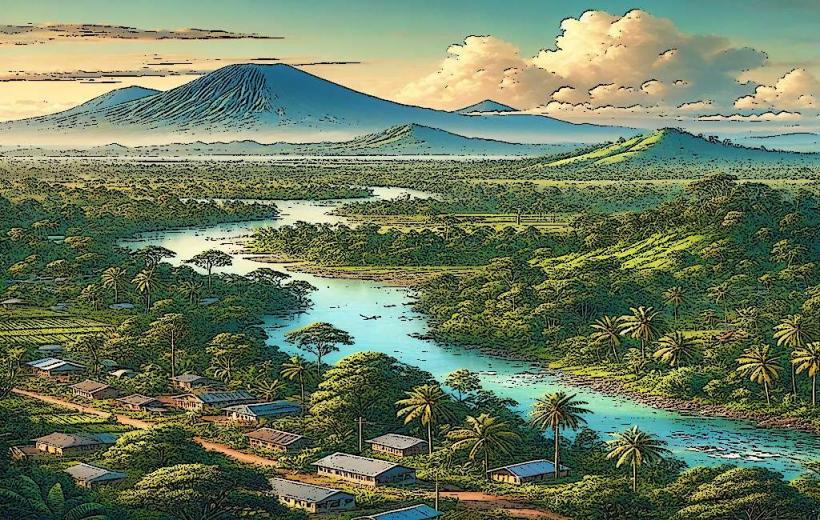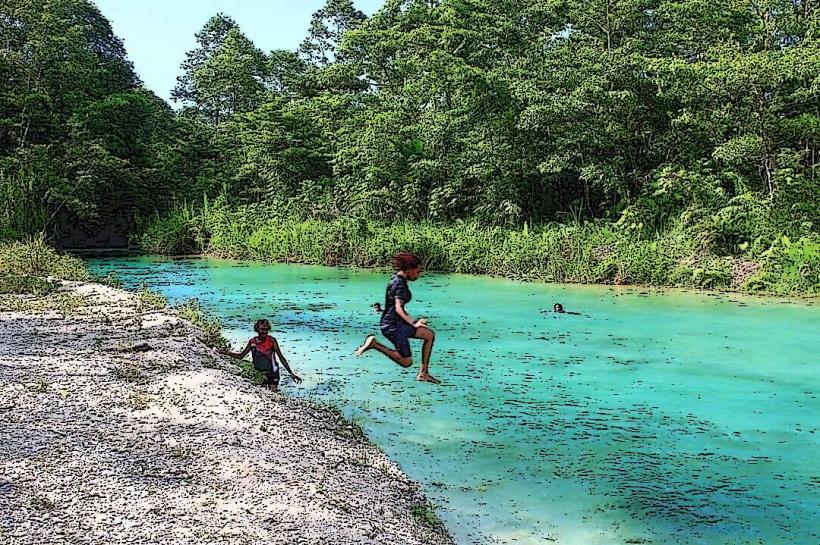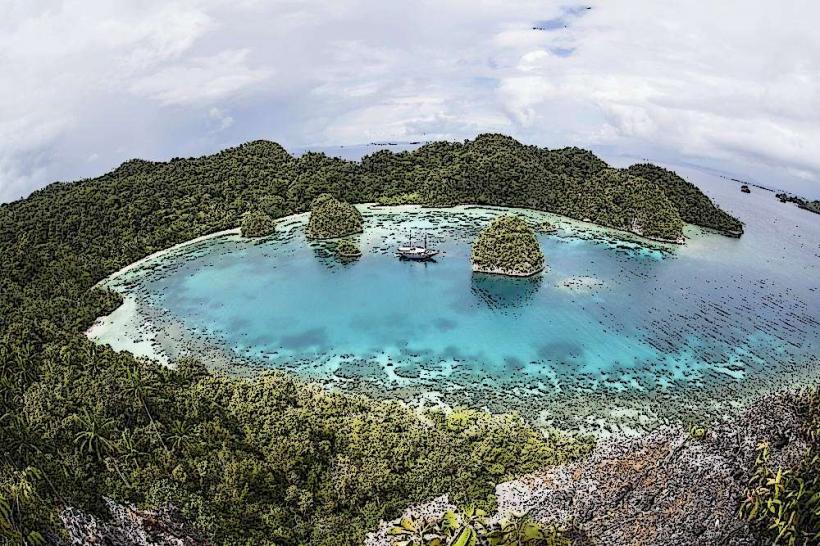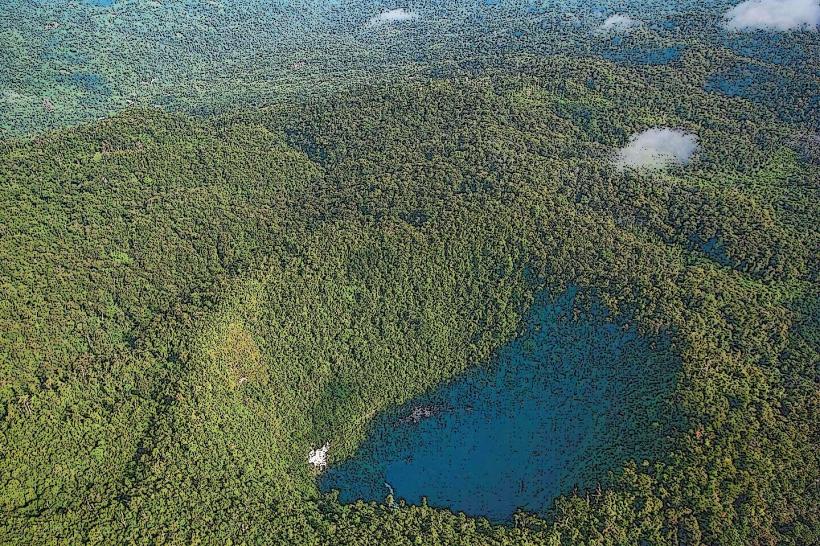Information
Landmark: Rabaul Volcano National ParkCity: West New Britain
Country: Papua New Guinea
Continent: Australia
Rabaul Volcano National Park is a captivating natural area located on the northeastern tip of New Britain Island in Papua New Guinea. Renowned for its stunning volcanic landscape and geological significance, the park offers visitors a unique opportunity to explore active volcanoes, lush vegetation, and historical sites tied to both natural and human history.
Geography and Environment
The park encompasses several active and dormant volcanoes, the most notable being Tavurvur, Vulcan, Turanguna, and Rabalankaia, which are part of the Rabaul Caldera. The caldera itself is a massive volcanic structure formed by a series of explosive eruptions, with part of it now submerged to form Simpson Harbour.
The area is defined by dramatic landscapes, including steaming vents, ash-covered plains, and rugged peaks. Despite the volcanic activity, the surrounding environment features pockets of lush tropical vegetation and mangroves near the coast.
Volcanic Features
Tavurvur Volcano:
Tavurvur is the most active volcano in the park, famous for its explosive eruptions, including the devastating 1994 eruption that nearly destroyed the town of Rabaul. It is accessible to visitors, offering opportunities to witness its steaming vents and ash fields.
Vulcan Volcano:
Vulcan erupted simultaneously with Tavurvur in 1994. Though less active today, it remains a striking feature of the park, with visible volcanic cones and craters.
Simpson Harbour:
This natural harbor, formed from the caldera's collapse, is one of the most scenic spots in the region. It also serves as an important hub for shipping and tourism.
Thermal Springs and Fumaroles:
Throughout the park, visitors can find bubbling hot springs and steaming fumaroles, which are reminders of the area's volcanic activity.
Activities and Attractions
Hiking and Volcano Climbing:
Guided treks to Tavurvur and other volcanic peaks provide thrilling experiences, offering panoramic views of the caldera and surrounding landscapes. The hikes often pass through fields of volcanic ash and solidified lava flows.
Cultural and Historical Exploration:
The area around Rabaul has significant historical value, especially from World War II. Visitors can explore wartime relics such as tunnels, bunkers, and sunken ships in Simpson Harbour.
Birdwatching and Wildlife:
The park is home to a variety of bird species, including megapodes, hornbills, and kingfishers. Wildlife enthusiasts may also spot monitor lizards and other small fauna.
Photography:
The surreal volcanic landscapes, steaming vents, and contrasting greenery make Rabaul Volcano National Park a paradise for photographers.
Historical Significance
The park has been shaped not only by natural events but also by human history:
1994 Eruption:
This catastrophic eruption buried much of Rabaul town under ash, forcing its relocation to nearby Kokopo. The event is a testament to the power of nature and the resilience of the local community.
World War II:
Rabaul was a significant base for Japanese forces during World War II. The volcanic terrain was used to construct extensive underground tunnels and fortifications, some of which are accessible to visitors today.
Accessibility
Rabaul Volcano National Park is easily reached from the nearby town of Kokopo, which serves as the regional hub for East New Britain Province.
- By Air: Flights to Tokua Airport in Kokopo are available from Port Moresby.
- By Road: From Kokopo, it’s a short drive to Rabaul and the park area.
Guided tours are recommended for safety, especially when exploring active volcanic zones.
Safety Considerations
The park’s active volcanic nature requires visitors to take precautions:
- Check volcanic activity updates before visiting.
- Always travel with an experienced guide.
- Wear sturdy footwear and protective clothing due to rough terrain and hot ash.
Conservation Efforts
Rabaul Volcano National Park is a designated conservation area aimed at protecting its unique geological features and biodiversity. Efforts are also made to educate visitors about the balance between human habitation and living in a geologically active region.
Why Visit?
Rabaul Volcano National Park is a must-see destination for adventurers, nature lovers, and history enthusiasts. Its mix of awe-inspiring volcanic landscapes, rich biodiversity, and cultural heritage makes it one of Papua New Guinea's most remarkable attractions. Whether you’re hiking up a volcano, exploring wartime relics, or marveling at the geological phenomena, the park offers an unforgettable experience.

